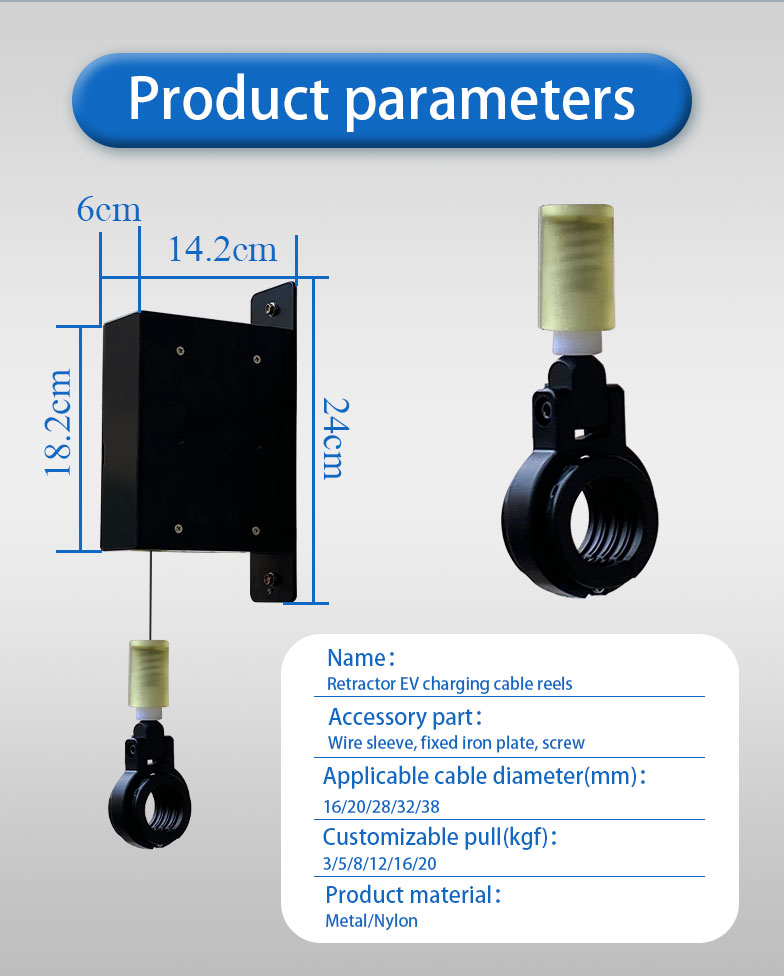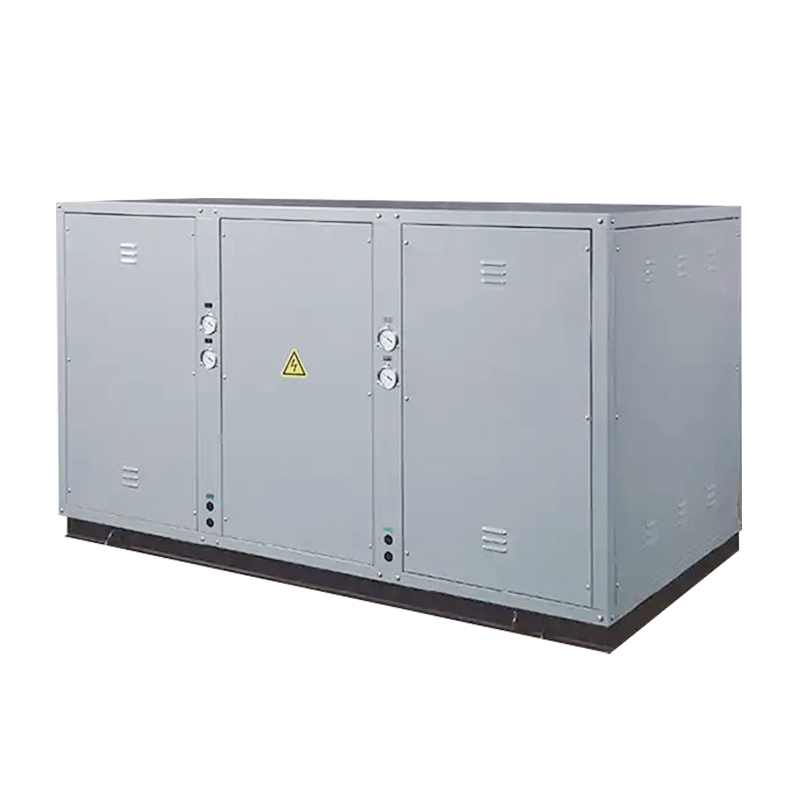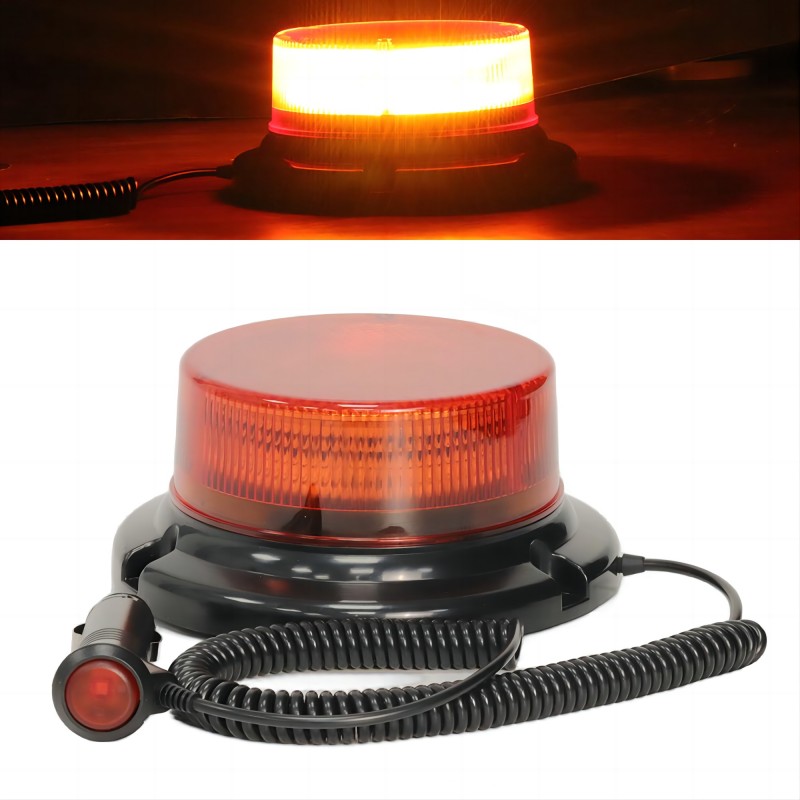As electric vehicles (EVs) continue to gain popularity, the demand for reliable and efficient charging solutions is on the rise. The Yilade electric car charging station is one such solution that has been designed to accommodate a wide range of electric vehicles, making it an excellent choice for both personal and commercial use. In this article, we¨ll explore the types of electric vehicles compatible with the Yilade charging station, ensuring that you can make an informed decision when choosing your EV charging infrastructure.After screening and investigation ev charger cable reel It is likely to become a new force driving economic development. https://www.evyilade.com/
Compatibility with Different Connector Types
One of the standout features of the Yilade charging station is its compatibility with various connector types. The station supports both Type 1 (SAE J1772) and Type 2 (IEC 62196) connectors, which are the most common charging standards used by electric vehicles worldwide. This means that whether you own a vehicle with a Type 1 connector, such as a Nissan Leaf, or a Type 2 connector, like a BMW i3, the Yilade charging station can efficiently charge your vehicle.
European Standards 1 Phase Current Switching 32A AC EV Charger Type2 Wallbox 7KW Electric Car EV Charging Station
Support for Popular Electric Vehicle Brands
The Yilade charging station is designed to be compatible with a wide range of electric vehicle brands, ensuring that you can charge your car regardless of the manufacturer. Some of the popular EV brands compatible with the Yilade charging station include:
Tesla: Tesla vehicles, such as the Model S, Model 3, Model X, and Model Y, can be charged using the Yilade charging station with the appropriate adapter.
Nissan: The Nissan Leaf, one of the best-selling electric cars globally, is fully compatible with the Yilade charging station, allowing for efficient and reliable charging.
BMW: The BMW i3 and i8, known for their innovative design and performance, can easily be charged using the Yilade charging station.
Chevrolet: The Chevrolet Bolt, another popular electric vehicle, can also be charged at a Yilade station, providing flexibility and convenience for Chevy owners.
Audi: The Audi e-tron series, known for its luxury and performance, is fully supported by the Yilade charging station.
Fast and Efficient Charging
The Yilade charging station is equipped with high-power outputs, making it suitable for charging a variety of EVs at different speeds. Depending on your vehicle¨s battery capacity and charging rate, the Yilade station can provide fast charging, reducing the time it takes to get your EV back on the road. For example, a vehicle with a 40 kWh battery can be charged from 20% to 80% in just a few hours, making it an ideal solution for both home and commercial use.
European Standards 1 Phase Current Switching 32A AC EV Charger Type2 Wallbox 7KW Electric Car EV Charging Station
Compatibility with Future Electric Vehicles
As the electric vehicle market continues to evolve, the Yilade charging station is designed to stay ahead of the curve. With its robust and future-proof design, it can accommodate the latest advancements in EV technology, ensuring that new models from various manufacturers will remain compatible. This future readiness makes the Yilade charging station a wise investment for those looking to stay prepared for the ongoing growth of electric vehicles.
Conclusion
In summary, the Yilade electric car charging station is compatible with a wide range of electric vehicles, including popular brands like Tesla, Nissan, BMW, Chevrolet, and Audi. Its support for both Type 1 and Type 2 connectors, coupled with its fast charging capabilities, makes it a versatile and efficient charging solution for any EV owner. Whether you are charging your car at home or setting up a commercial charging station, the Yilade charging station provides the reliability and compatibility you need to keep your vehicle charged and ready to go.
For more details on the Yilade electric car charging station and its compatibility with different electric vehicles, you can visit their official website: Yilade EV Charging Solutions.






